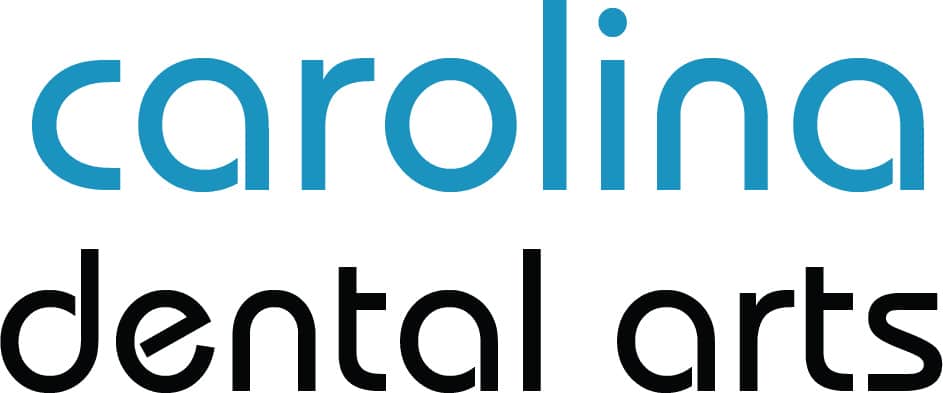The Role of Sealants in Preventing Tooth Decay
Maintaining optimal oral health is a cornerstone of overall well-being, and preventing tooth decay is a crucial aspect of this endeavor. Dental sealants have emerged as a powerful preventive tool, offering a protective barrier against the destructive forces of tooth decay. In this blog, we’ll explore the role of they take in preserving smiles and delve into the ways they contribute to the prevention of tooth decay.
 1. Understanding Tooth Decay: Tooth decay, also known as dental caries or cavities, is a common dental concern that occurs when bacteria in the mouth produce acids that erode the enamel—the protective outer layer of the teeth. Over time, this erosion can lead to the formation of cavities, compromising the structural integrity of the teeth and potentially causing pain and other oral health issues.
1. Understanding Tooth Decay: Tooth decay, also known as dental caries or cavities, is a common dental concern that occurs when bacteria in the mouth produce acids that erode the enamel—the protective outer layer of the teeth. Over time, this erosion can lead to the formation of cavities, compromising the structural integrity of the teeth and potentially causing pain and other oral health issues.
2. The Vulnerability of Molars: While all teeth are susceptible to decay, molars, with their large and uneven surfaces, are particularly vulnerable. The chewing surfaces of molars contain pits and fissures where food particles and bacteria can easily accumulate. These hard-to-reach areas make molars more prone to the formation of cavities.
3. The Protective Power of Sealants: Dental sealants are thin, protective coatings applied to the chewing surfaces of molars and premolars. Typically made of a resin material, sealants create a physical barrier that covers the pits and fissures, shielding these vulnerable areas from the accumulation of plaque, bacteria, and food debris. This barrier acts as a shield, preventing the initiation of the decay process.
4. Sealant Application Process: The application is a straightforward and painless process. The dentist or dental hygienist begins by thoroughly cleaning and drying the teeth that will receive sealants. An acidic solution is applied to the tooth surface to create a rough texture, promoting better adhesion of the sealant. The sealant is then carefully applied and cured using a special light to bond it securely to the tooth surface.
5. Early Intervention in Preventive Dentistry: Sealants are a prime example of early intervention in preventive dentistry. By applying to the molars shortly after they erupt, typically in childhood and adolescence, dentists can proactively protect these teeth during their formative years. This early intervention significantly reduces the risk of developing cavities in these vulnerable areas.
6. Long-lasting Protection: Dental sealants provide long-lasting protection against tooth decay. While not permanent, they can endure for several years with proper oral hygiene practices and regular dental check-ups. Dentists may recommend periodic reapplication to ensure continuous protection, especially in cases where wear and tear are observed.
7. Cost-Effective Preventive Measure: From a cost perspective, dental sealants offer a highly efficient and cost-effective preventive measure. The expense of applying sealants is considerably lower than the potential costs associated with treating cavities, undergoing restorative procedures, or addressing the complications that can arise from advanced tooth decay. Investing in sealants early on can lead to significant savings in the long run.
8. Non-invasive and Painless Procedure: The process of applying dental sealants is non-invasive and virtually painless. Unlike restorative procedures for treating cavities, sealant application does not involve drilling or the removal of tooth structure. This makes it an appealing option for individuals, including children, who may be apprehensive about dental treatments.
9. Complementary to Oral Hygiene Practices: Dental sealants work synergistically with good oral hygiene practices. While sealants provide a protective barrier, maintaining a regular routine of brushing, flossing, and attending dental check-ups remains essential. The combination of sealants and effective oral hygiene enhances the overall preventive approach to maintaining optimal oral health.
10. Public Health Impact: The widespread application has demonstrated a positive impact on public health. The Centers for Disease Control and Prevention (CDC) recognizes sealants as a highly effective preventive measure, especially for school-aged children. Efforts to increase access to sealant application in schools and community settings contribute to improved oral health on a larger scale.
In conclusion, dental sealants play a pivotal role in preventing tooth decay, particularly in the hard-to-reach areas of molars. Their protective barrier offers a cost-effective and non-invasive solution that complements oral hygiene practices. By embracing the proactive approach of sealant application, individuals can preserve their smiles, reduce the risk of cavities, and contribute to a lifetime of optimal oral health.

